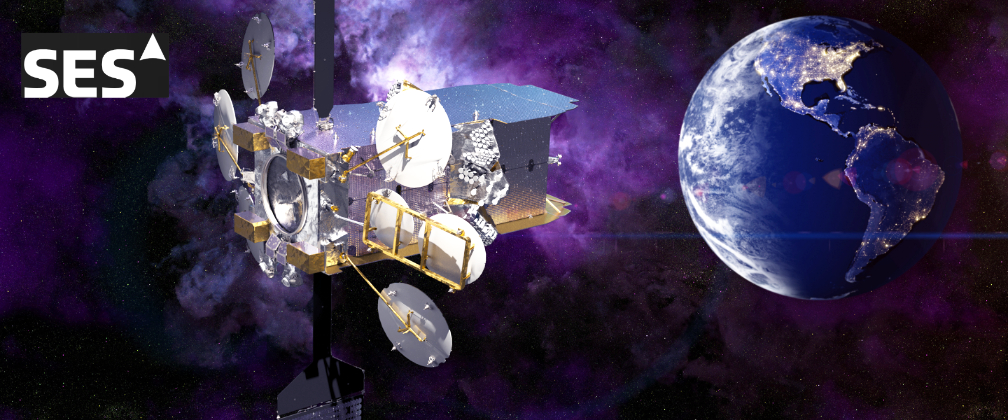
Israel-based satellite networking specialist Gilat Satellite Networks has expanded their strategic partnership with SES.
SES has selected Gilat’s SkyEdge IV platform to operate with its SES-17 satellite, a very high throughput satellite (VHTS) to provide fixed services and mobility services.

Gilat’s SkyEdge IV is a multi-orbit platform that was designed to interface and smoothly integrate with non-geostationary constellations and geostationary VHTS, such as the recently-launched SES-17. SES will be using SkyEdge IV simultaneously for both SES-17 and its upcoming, second generation, NGSO constellation, O3b mPOWER. The SkyEdge IV multi-service platform will be used by SES to deliver cellular-backhaul and enterprise services, in addition to previously announced maritime services.
SES-17 is a geostationary satellite designed for high-speed connectivity and flexibility for end-users in the Americas, the Caribbean, and the Atlantic Ocean.
SkyEdge IV ensures unified operation with seamless switchover between SES-17 and the O3b mPOWER constellation. Empowering SkyEdge IV is Gilat’s Elastix-Total NMS network management system, which was optimized to work in harmony with SES’s Adaptive Resource Control (ARC).
“We are excited and proud to work with our partner, SES, to support their multi-orbit network, including the O3b mPOWER constellation, SES-17, and other satellites as they are launched. The integration of SkyEdge IV with SES’s ARC system ensures space and ground coordination and unified operation, forming a resilient and secure network,” said Amir Yafe, VP/Mobility & Global Accounts at Gilat. “Gilat’s SkyEdge IV is a multi-orbit, multi-service platform built to lead the satcom industry, supporting cloud infrastructure, an Elastix-Access Scheme, and working in harmony with next generation software-defined satellites.”
Alaska reveals SpaceX structure details February 8, 2022
Alaska’s Department of Commerce has released its background data on SpaceX’s financial structure for 2022 (as at December 31st 2021).
The documents show some surprises. Elon Musk’s percentage of shares owned, at 43.08 per cent is no great surprise although his stake has shrunk from 47.11 per cent during 2021. Google LLC owns 6.99 per cent of the rockets-to-satellite business, and this has also fallen back from a previous 7.64 per cent. The third-largest investor named in the document is San Francisco-based investment house and venture capital company ‘FoundersFund,’ with 5.76 percent (down from 7.77 per cent).

These percentage reductions year-on-year might be considered as somewhat dramatic (of 8.6 percent for Musk, Google 8.5 percent and 25.9 percent for FoundersFund) and show that these three major investors – including Musk – are apparently happy to see their stake-holdings shrink.
Also interesting from the Alaska report is the number of subsidiary businesses SpaceX has formed over the past year. It is an impressive list and includes 25 new, local companies.
Missing from the Alaska list is Scottish-based investment fund Fidelity Investments, which was widely reported to have been in discussions to place $1 billion into SpaceX. Another Scottish fund, Baillie Gifford, told its clients in February 2021 that they held around $450 million in SpaceX (via Baillie’s US Growth Trust).

